As the seasons change, it’s the perfect time to refresh your old planters and prepare them for the new gardening year. Whether you’re replanting flower boxes, pots, or containers, taking a few simple steps can make a big difference in the health of your plants and the look of your garden.
Cleaning your planters, replacing old soil, and ensuring proper drainage are just the beginning. By following these easy tips, you can give your planters a fresh start and ensure they’re ready to nurture your new crops or flowers. Whether you’re working with clay, plastic, or ceramic containers, these tips will help you revitalize your planters and keep your plants thriving all season long. Ready to get started? Let’s dive in!
Clean Thoroughly
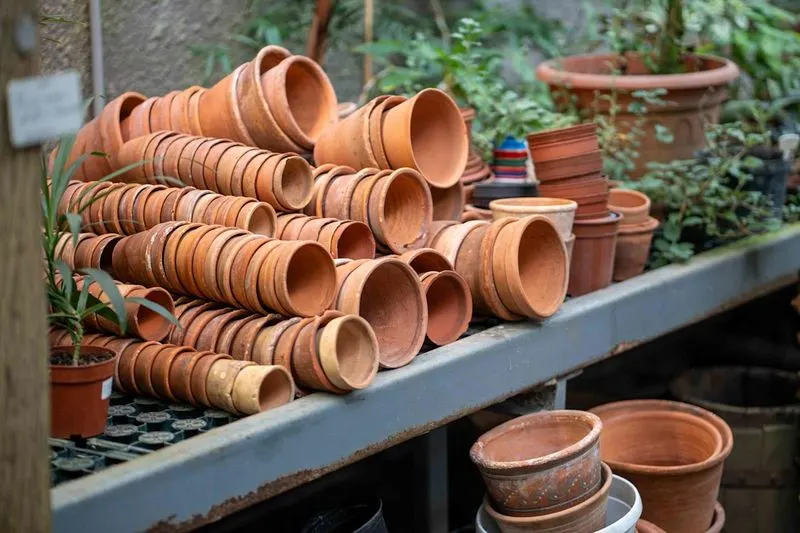
Before anything else, grab a brush and some mild soap to clean out your old planters. Dirt, old roots, and other residues can affect new plant growth. With gentle strokes, scrub the interior and exterior surfaces to remove any debris. Rinse thoroughly and let them dry in the sun.
Ensure that no soap residue remains, as this can be harmful to new plants. A clean slate is crucial for a fresh start, providing a healthy environment for new plant life to flourish. Remember, cleanliness is not just about aesthetics; it’s about plant health.
Check for Cracks
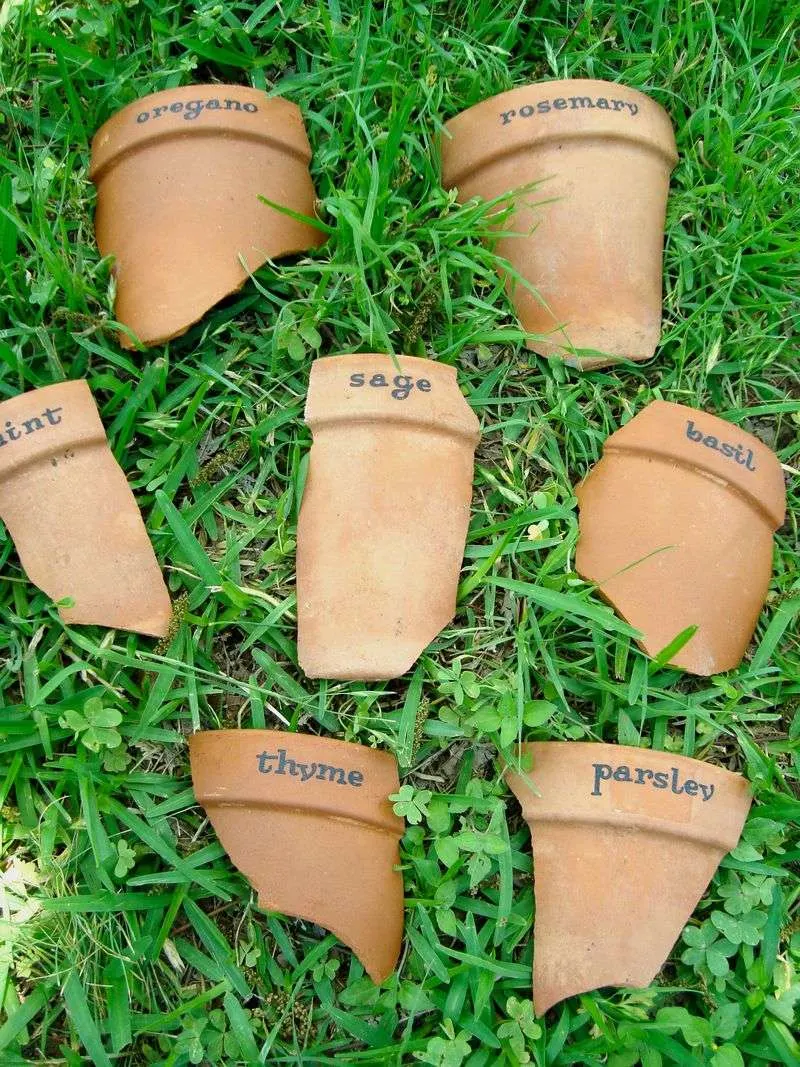
Cracks can easily compromise the integrity and appearance of your planters. Examine each one carefully, particularly around the edges and bottom.
Small cracks can be repaired using waterproof sealant, ensuring they don’t worsen over time. For larger damage, consider replacing the planter altogether. It’s better to act quickly than to risk a completely ruined planter later.
A sturdy planter ensures your plants are secure and prevents soil from escaping. This simple inspection can save you trouble in the long run, keeping your garden looking its best.
Ensure Proper Drainage
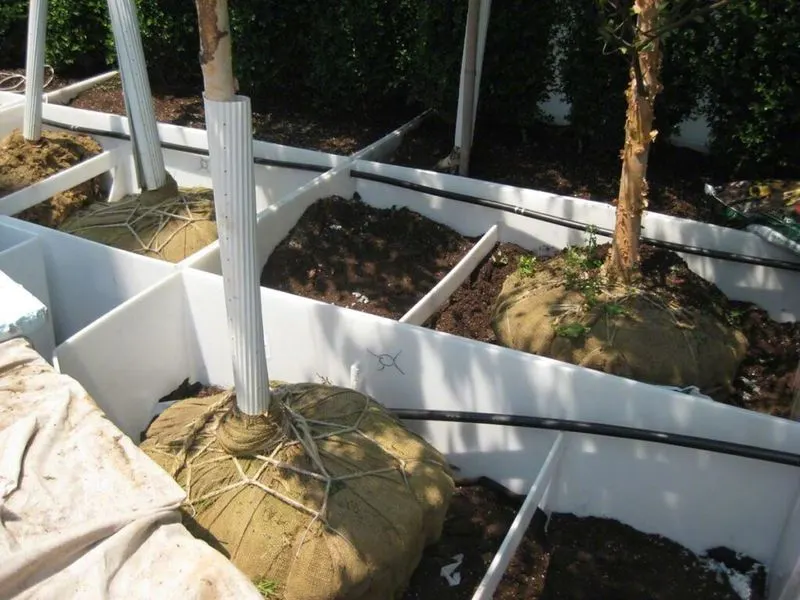
Good drainage is fundamental to prevent waterlogging and root rot. Check if your planters have adequate drainage holes. If not, drill additional holes and make sure they are unobstructed.
This will ensure excess water can escape easily, promoting healthy root growth. If the planter sits on a dish or tray, periodically empty it to avoid stagnant water.
Proper drainage is often overlooked, yet it’s a small adjustment that can make a big difference in plant health. Your plants will thank you with vibrant, lush growth.
Refresh the Soil

Old soil can become compacted and lose nutrients, hindering plant growth. Replace it with fresh, nutrient-rich soil that’s well-aerated. Consider incorporating organic matter like compost to improve soil health.
Mix thoroughly to ensure even distribution of nutrients. This gives your plants the best start possible by providing them with the necessary nutrients and proper aeration.
Refreshing the soil every season is a cornerstone practice for any gardener, ensuring your plants have the ideal environment to thrive.
Repaint or Seal
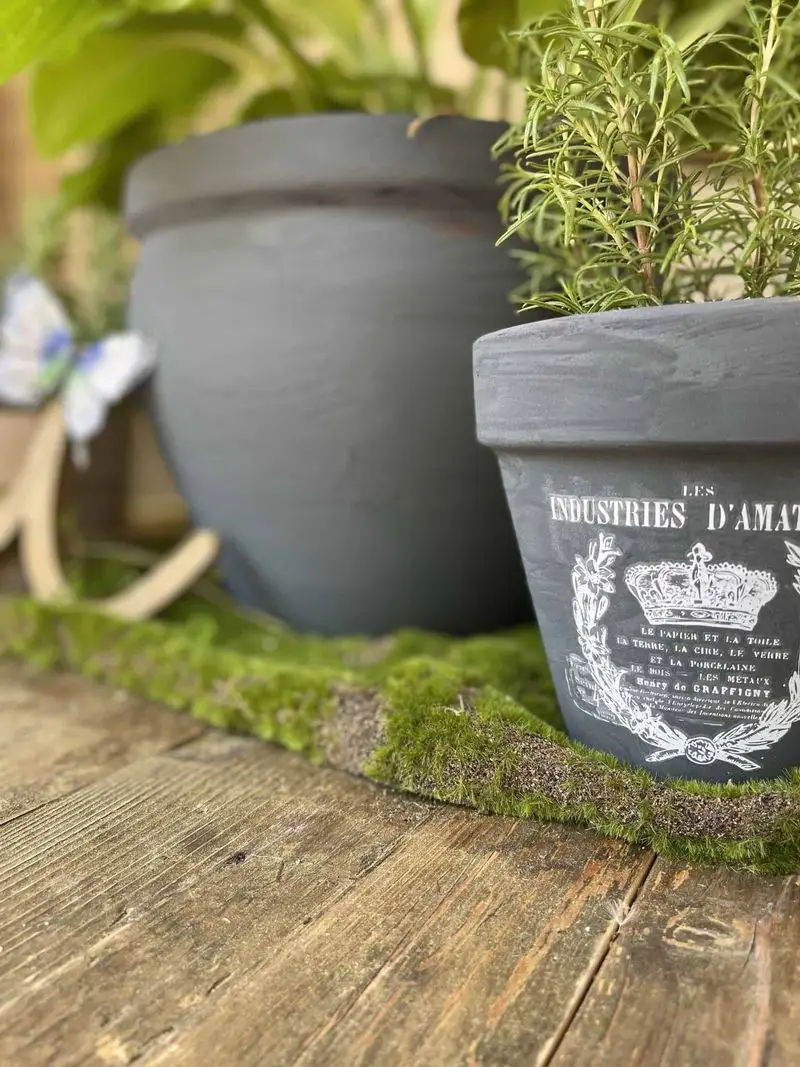
A fresh coat of paint or sealant can rejuvenate tired-looking planters. Choose weatherproof options to protect against the elements.
For wooden planters, sealing prevents moisture damage, while painting can add a splash of color to your garden. Always make sure the paint is non-toxic, especially if you’re growing edibles.
This is a fun way to personalize your garden space while extending the life of your planters. Plus, it adds a cheerful touch and makes your gardening area more appealing.
Add a Decorative Touch
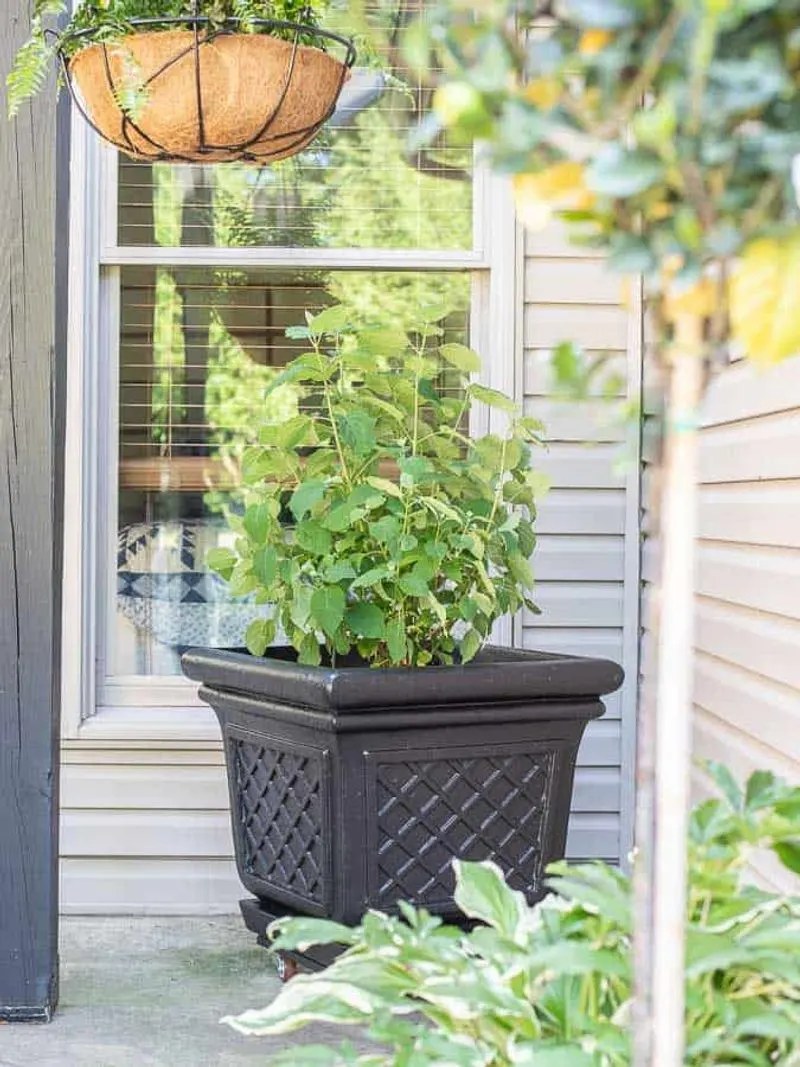
Why not turn your planters into art pieces? Using mosaic tiles, stones, or even shells, you can create a unique design that reflects your personality.
These decorative touches can transform ordinary planters into stunning focal points in your garden. Choose colors and patterns that complement your outdoor space.
This is not only about aesthetics but also about enjoying and personalizing your gardening experience. Let your creativity run wild, and watch your garden come to life with charm and character.
Consider the Weight
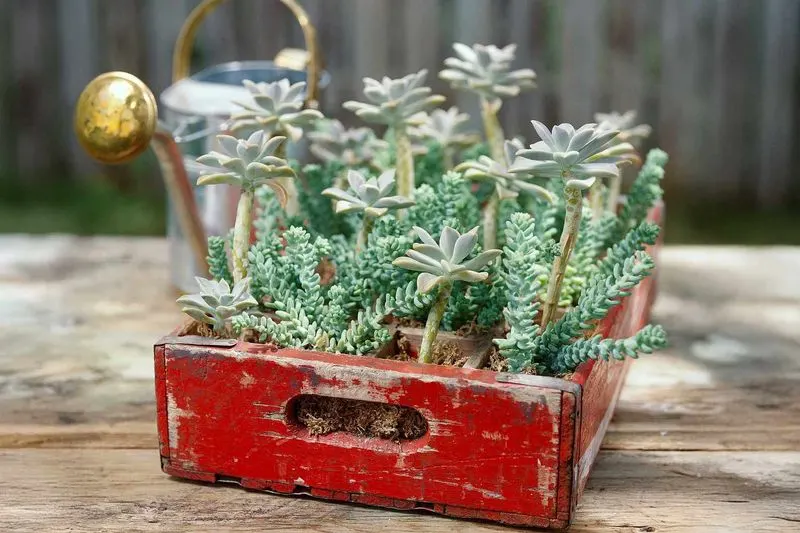
Large, heavy planters can be challenging to move, especially when filled with soil and plants. Consider their placement carefully before planting to avoid unnecessary strain.
If mobility is important, look for lightweight alternatives or place them on wheeled stands for easy repositioning. This consideration can save you from future frustration and physical strain.
Weight management in gardening isn’t just about convenience; it’s about ensuring both you and your plants are in the best possible environment.
Optimize for Sunlight

Plan your planter arrangement based on sunlight requirements of the plants. Some may need full sun, while others prefer partial shade.
Take notes of your garden’s sun patterns throughout the day and position your planters accordingly. This ensures each plant gets the right amount of light, which is crucial for growth and health.
Thoughtful placement can make a significant impact on plant vitality and the overall success of your garden.
Label Your Plants

Labeling plants ensures you can easily identify them, particularly if you’re growing a variety of species. Use weatherproof labels or handmade ones with fun designs.
This is especially useful for new gardeners or when planting seeds that look similar. Clear labels help track plant growth and care needs.
Personalize your labels with colors or illustrations, making it easy to remember what’s planted where. It’s a small step that can enhance both organization and enjoyment in your gardening journey.
Rotate Planting Positions
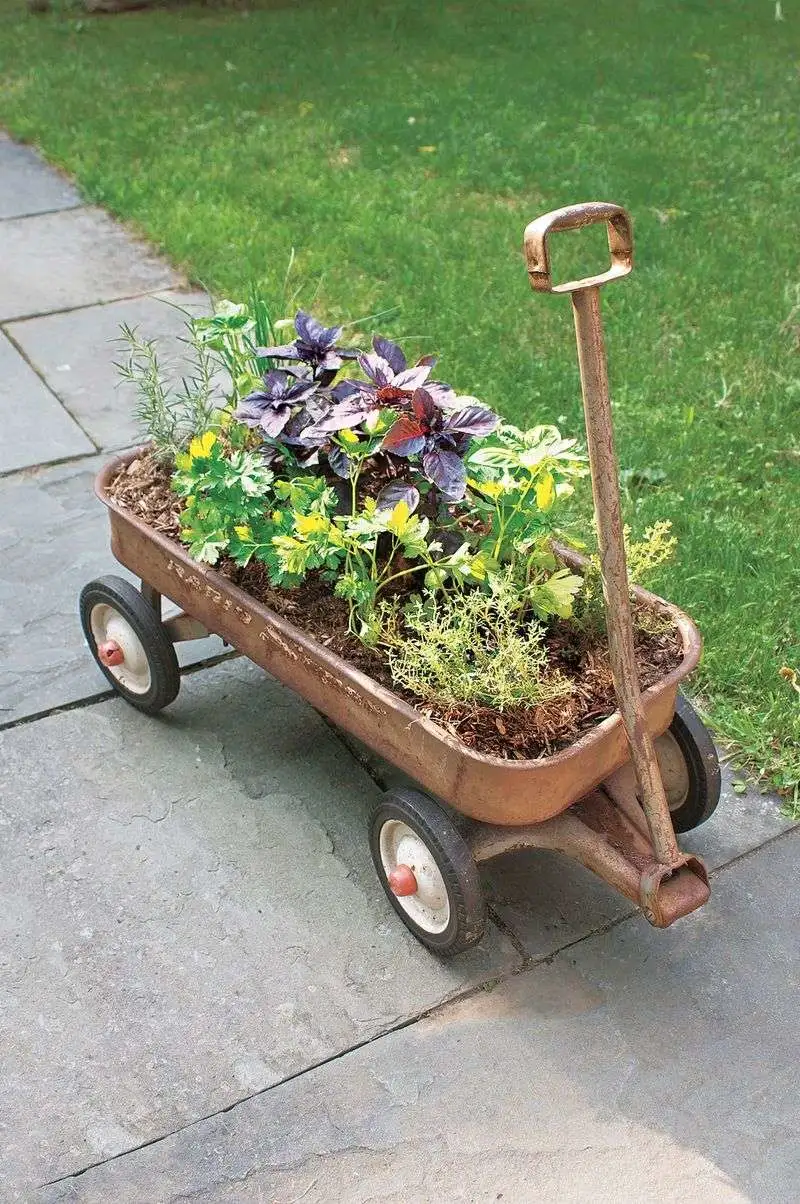
Rotating your planters’ positions can prevent soil depletion and pests. This practice allows each planter to experience various garden conditions.
It’s a simple method to ensure even soil health and prevent diseases from taking hold. Rotating every season can also refresh your garden’s look.
This adds an element of surprise to your garden, keeping it dynamic and your plants healthier. It’s a clever trick that requires minimal effort but provides significant rewards.
Incorporate Companion Planting

Pairing plants that benefit each other can enhance growth and pest resistance. For instance, growing basil with tomatoes can improve both plants’ flavor and growth.
Consider the specific needs and benefits of each plant. Companion planting is like creating a community where each member supports the other.
This method promotes a holistic gardening approach, celebrating diversity and mutual support among plants. It’s a sustainable way to boost your garden’s vitality and productivity.

